You may be at the point where you have put on every last bolt-on performance part that you can find. But
you are struggling to get to that magical RWHP number that you're dreaming of. Then chances are, you're
starting to shop around for the best possible way to add forced induction into your V8 powered Mustang.
Educating yourself to know the best possible plan of action to achieve tire-shredding horsepower is
critical to achieving maximum output potential. This guide will give you all the necessary tools to make
the best decision in achieving your ultimate horsepower goal!
What Is Forced Indcution?
What Is A Supercharger?
Twin-Screw
Centrifugal
What Is A Turbocharger?
Forced induction is defined by the process where the air is directly pushed or compressed into the
combustion chamber of each cylinder. More air, more fuel, and more spark equals more power. An engine
can only produce so much horsepower due to size, airflow, and efficiency. This is where forced induction
can play a huge role to those three key areas. By giving your Mustang engine more air and fuel it allows
the combustion chamber of
each cylinder a much more efficient explosion during the combustion cycle. Therefore allowing the engine
to output more horsepower and torque. All superchargers are driven by
the crankshaft on the engine.
Attached to a pulley on the supercharger, the serpentine belt is used to force-feed compressed air into
the engine. This air is then pushed through an intercooler to cool the compressed air before it enters the
cylinder heads, which then will be fed into each of the eight cylinders into the combustion chamber.
When this happens more air and fuel are added to each cylinder which will create a much more efficient
explosion inside the combustion chamber of each cylinder. More efficiency means more power! How a twin-screw supercharger works is straightforward. They are directly mounted on top of the
engine.
This is called positive displacement. Positive displacement is the key to giving twin-screw
superchargers its signature punch when you smash the throttle. It runs off the crankshaft pulley
which
is then attached to the serpentine belt. This is then fed through a system of pulleys which will
then
rotate the supercharger pulley as the engine is running. As the supercharger pulley spins it
will then
rotate what is known as the rotor pack within the supercharger. Once these rotories or screws start to spin at a very high RPM it will then force in cool air to
create
compression
also known as supercharger boost. When this pressure is compressed, it will then be forced fed
into the
the supercharger heat exchanger, which will cool the air even further before it is fed into the
engine's
combustion chamber. One thing is crucial you can't have all that air without more spark and
fuel
being added to the
mix.
This is where the supporting modifications come into effect. Such as upgraded spark plugs to
run
a
colder temperature, higher
pressure fuel injectors, and a boost-a-pump to give the fuel pump
more
voltage to deliver all the necessary fuel to the engine. Some areas where this type of supercharger comes up short are that it can create a lot of
heat
build-up
in your Mustang's engine bay. This can cause what is known as heat soak in your engine.
It is a
must to
make sure you have the proper cooling system equipped in your Mustang. This is not only
for the
health
of the supercharger but more importantly the engine. Since a twin-screw supercharger
requires
power from
the engine to run this will put added wear and tear on engine components over the course
of its
life.
Wear items can include the rotating assembly, oil pump, water pump, and cooling system.
Many enthusiasts commonly add a meth injection kit. This kit will
allow
engine air intake temps to be cooled even further before it enters the engine. The
cooler the
air coming
into the engine and supercharger the much more efficient the combustion cycle will be.
This
additional
method of cooling will lower the chances of heat soak. It will allow the driver or owner
to
worry much less
while racing at his or her favorite autocross course or road race circuit. A centrifugal supercharger is essentially a belt-driven turbo. It is a specialized type of
supercharger in which it will use centrifugal energy to push more air into your Mustang's
engine.
This will allow you to burn more fuel efficiently which will create more power! For example at the core of every Vortech
Supercharger, there is an impeller that rotates at a
very
high velocity, in order to draw in as much air as possible into your Mustang's engine. It
uses
the
air leaving the impeller that is traveling at very high speeds while having low pressure.
What
this
low-pressure, high-speed moving air does is move it through what is called a diffuser. This
turns
the lower-pressure, high-speed air into high-pressure, low-moving air. Once this occurs, the air is then moved into your engine, where it has created additional
free-flowing
air that is caused by the increased pressure that the impeller has made. In the end, this
will
allow the engine to do is burn more fuel at a much higher level of combustion, which
will
end with more torque and horsepower created. Unlike a roots-type supercharger, a centrifugal will need the use of a blow-off valve. The
reason
for
this is due to the amount of pressure that is created in impeller housing. All that
compressed
air
needs somewhere to go when the supercharger boost pressure is released from the engine. The
blow-off
valve will relieve all the pressure in the system. Your end result is hearing a signature
“WOOSH”
sound that enthusiasts love. Key facts to know is a centrifugal supercharger does require its own self-lubrication in the
supercharger housing, unlike a twin-screw where everything is self-contained. On the upside
of
things,
if you plan on road-coursing your Mustang it is less susceptible to heat soak than a
twin-screw
supercharger. On the downside of things, you won't have that absolute instant throttle
response
like
a positive displacement supercharger. By definition, a turbo is comprised
of an
impeller turbine that is used to compress and harness
the
exhaust gases that are emitted from your Mustang engine. Just like a supercharger, it forces
more air
into
your engine to create more horsepower. Unlike a twin-screw or centrifugal supercharger, a
turbocharger
does
not rely on the serpentine belt to power it. Instead it uses the engines exhaust gases that turn
the
impeller inside the turbo to help bring in fresh cold air into the engine. Unlike a supercharger, a turbo has a lot more components that make up the entire system. In every
turbo
system
there are two sides, the turbine where exhaust gases spin the impeller to speeds of over 100,000
RPM.
The
turbine is then connected to a shaft which spins the impeller on the other side of the turbo,
which
helps
bring in cold air in. Next, the impeller on the turbo compresses the air, forces it through into
the the
intercooler (NOTE: Intercoolers can be air-to-air or air-to-water). Which then will finally find
its way
into your Mustang engine. With all this pressure and air it has to go somewhere, right? Yes! A wastegate is needed on the
exhaust
side
of the turbo in order to regulate the pressures of exhaust gases that are being exerted. To
relieve the
pressure a device called a blow-off valve is used to to release the air once you get your foot
out of
throttle. Turbos have amazing efficiency because it takes no horsepower to make power as a
supercharger
needs to use power to make power. Some key advantages turbochargers have over superchargers are
better
fuel
economy and a longer lifespan. But where the turbo falls short is turbo lag. The biggest cause of this is due to the
fact that
turbos
are
run by the exhaust gases coming from the engine. Turbos are best when you are rowing through the
gears
at
mid-range RPM in your Mustang when the exhaust gases are more prominent. But during shifts
between the
gears, RPMs will drop therefore causing the exhaust gases to lag in producing the necessary flow
to keep
up
the boost in the turbo system. This is all going to be based on each Mustang enthusiast's goal for power and performance. By far
the
most
popular option is going to be supercharging your Mustang. This is due to the fact they are more
common
among
American high performance vehicles, just like the all-new 2020 Shelby
GT500. One of the biggest reasons
enthusiasts pull the trigger on a supercharger is due to the low maintenance that it requires.
Unlike a
turbocharger where it can be quite costly at times because of the large amount of components
that go
into
the system. But if your absolute goal is getting the highest horsepower possible, then turbo is the way to
go. This
reason
is solely because turbos give the enthusiast an unlimited amount of potential to grow. No matter
what
route
you decide each of these forced inductions systems will allow for massive power gains from top
to
bottom.
Don't forget to reach out to one of our performance specialists if you're having trouble
deciding what
route
to go. Steeda is here to help! Check out the graph below to see how each system builds power!Mustang Supercharger vs Turbo
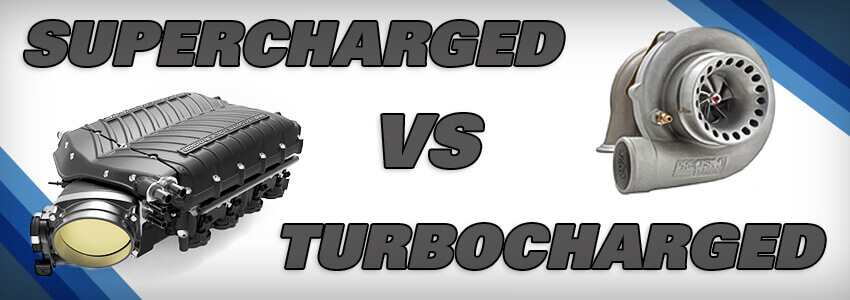
What Is Forced Induction?
What Is A Supercharger?
Twin Screw
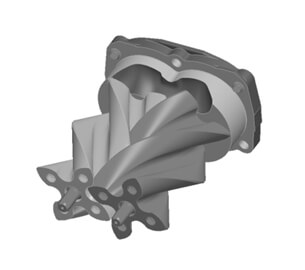
Centrifugal
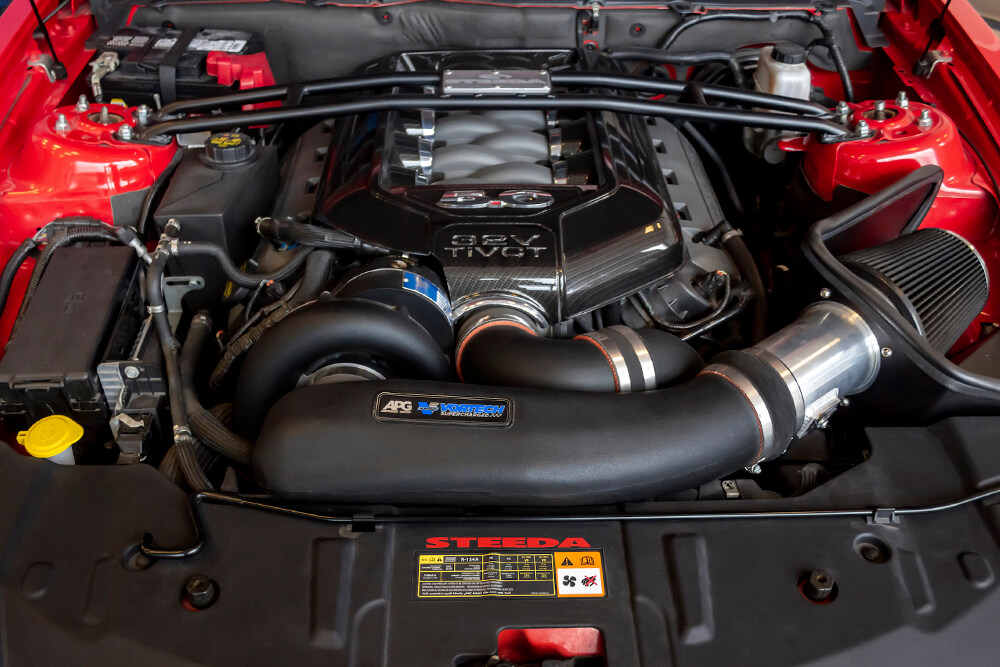
What Is A Turbocharger?
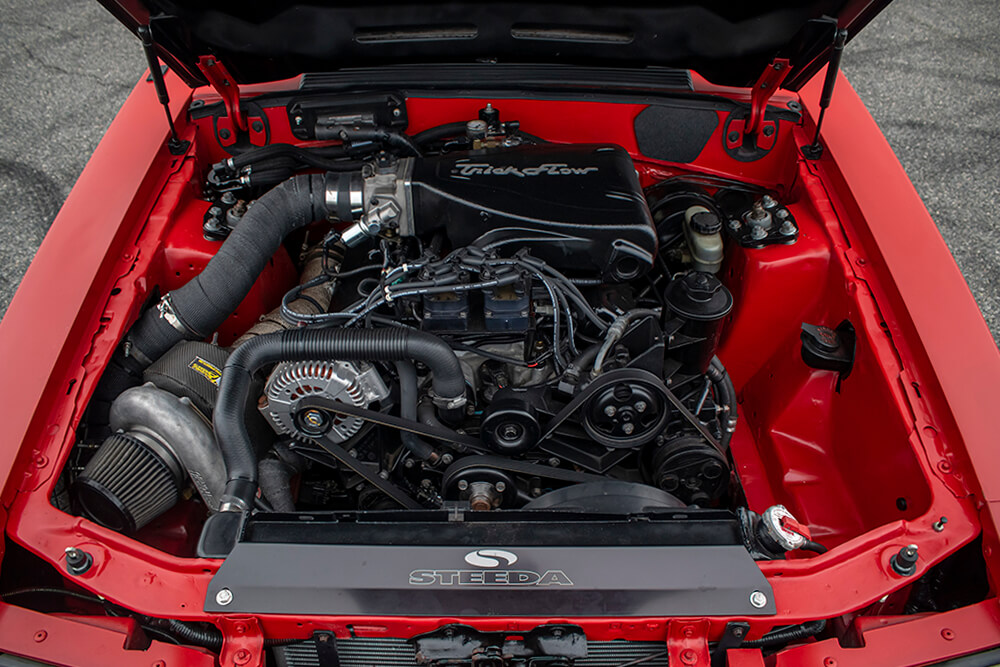
What System Should You Decide On?
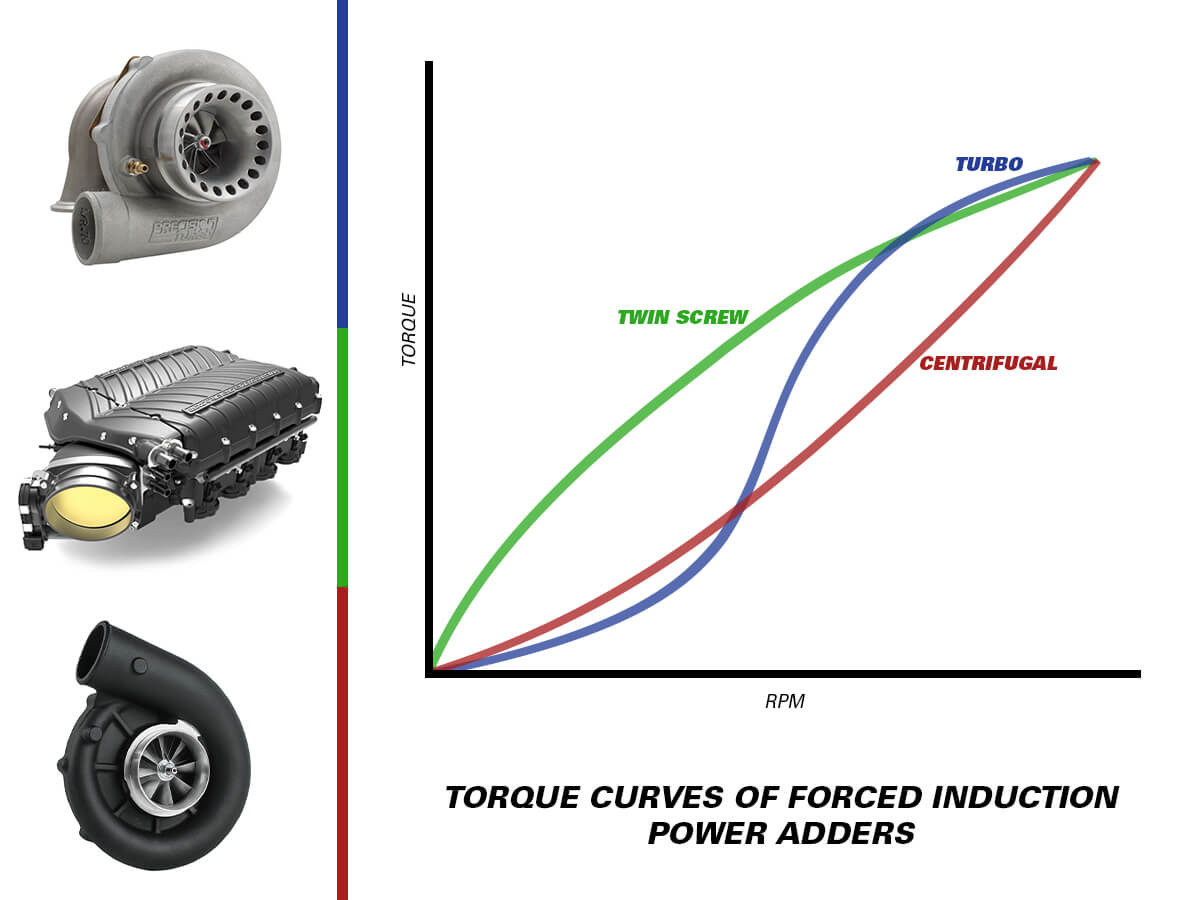
Related Articles




